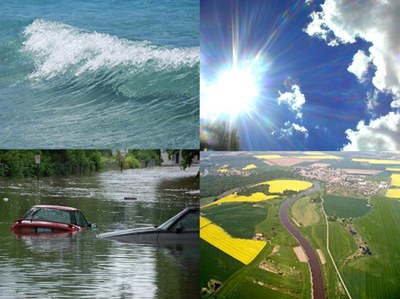GISC background
GMES/Copernicus is based on observation data received from Earth Observation satellites (GMES/Copernicus Space Component) and ground-based, air-borne and ship/buoy-based measurements (GMES/Copernicus In-situ Component). In-situ data are indispensable; they are integrated into forecasting models and provide for the calibration and validation of space-based information. In-situ data also contribute to information and analysis that cannot be solely provided from space sources.
The in-situ component of GMES/Copernicus is based on observation infrastructure owned and operated by a large number of national and international stakeholders. According to the GMES Regulation 2010, the in-situ component of GMES/Copernicus shall ensure coordination of in-situ data collection and in-situ data access for GMES/Copernicus services. Thus, the in-situ component has been created primarily to ensure the availability and accessibility of in-situ data to GMES/Copernicus services.
The GISC project
The European Environment Agency (EEA) was appointed as the coordinator of the GMES/Copernicus in-situ (GISC) project. The main objectives are to stimulate open access to in-situ data for operational GMES/Copernicus service provision, resolve the barriers for cost-effective and sustainable data provision, and to design an operational framework for in-situ data for four GMES/Copernicus services (Land, Marine, Atmosphere and Emergency management).

In support of the GMES/Copernicus Bureau, the project explores how the future management (governance, architecture) of the in-situ component during an operational phase might best be achieved. GISC aims at proposing sustainable mechanisms for in-situ data delivery/access, based on existing information capacities (e.g. national systems, European networks). Hence GISC makes use of the principles of the Shared European Environmental Information System (SEIS) and the Infrastructure for Spatial Information in the European Community (INSPIRE).
The goal is to build up an Initial Framework that comprises tools and methods necessary for an efficient and sustainable interface between in-situ data providers and the GMES/Copernicus services. GISC’s role is to manage this interface.

Document Actions
Share with others